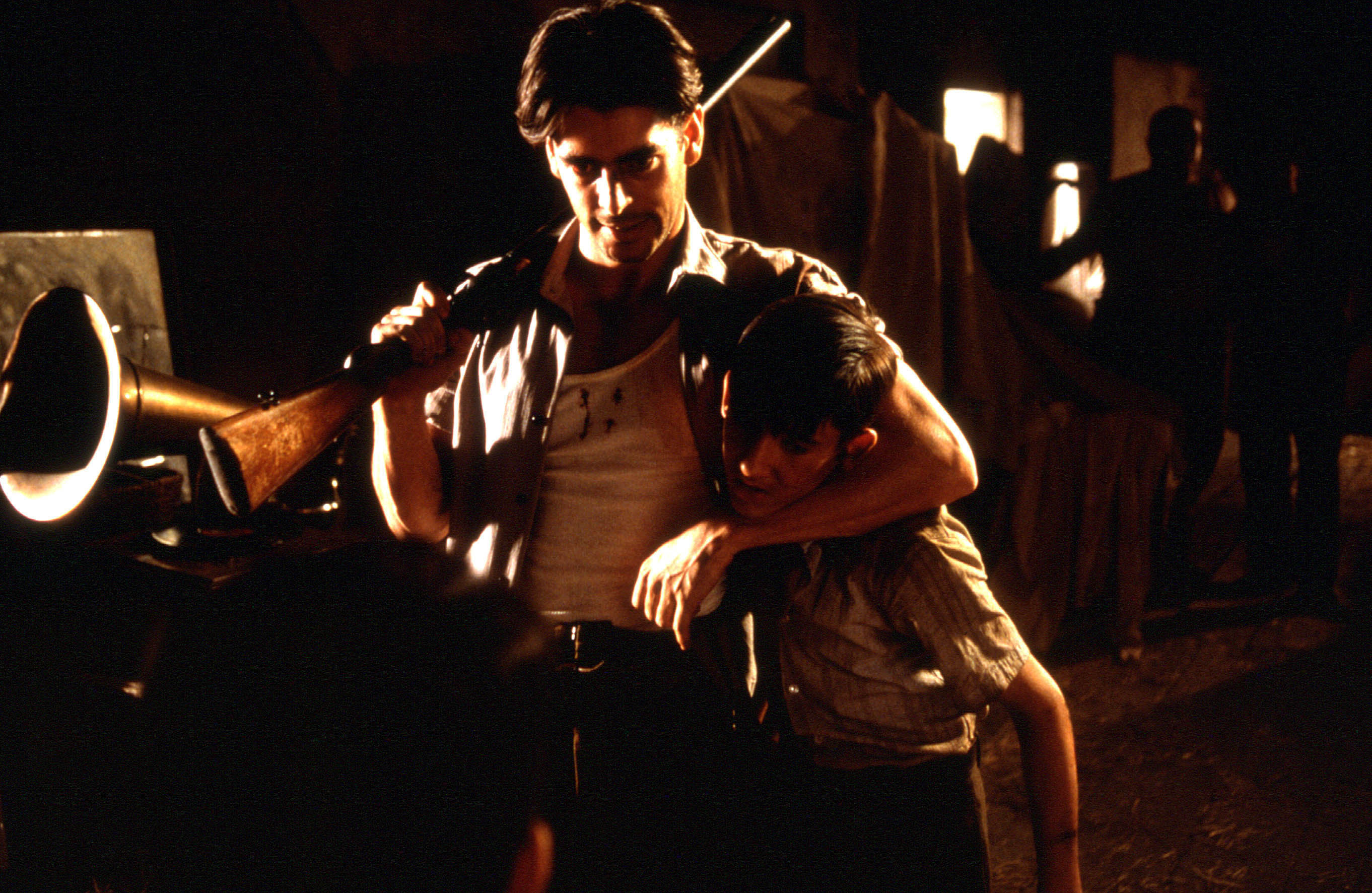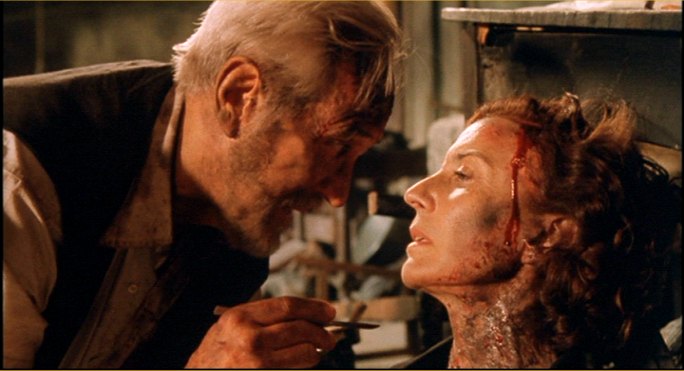La La Land is a musical/romance film which follows Mia (Emma Stone) and Sebastian’s (Ryan Gosling) relationship as they attempt to balance both their relationship and their aspirational careers. The film is located in Los Angeles and uses locations around Hollywood which links to Mia’s aspirations of being a Hollywood actor. The film was originally conceptualised by Chazelle and Justin Hurwitz at Harvard University. Chazelle originally wrote the film in 2016 but it wasn’t taken up until after the success of his film Whiplash, which was released in 2014. Filming took place in 2015.
La La Land was premiered at the Venice Film Festival in 2016 and grossed over $446 worldwide while the film only costed $30 million. The film was praised for multiple things such as, Emma Stone’s and Ryan Gosling’s performance as well as an excellent score, script and cinematography. The film won a series of awards such as 5 awards at the British Academy Film Awards and 6 awards at the Academy Awards.
One of the most notable scenes in the film is the finale sequence where it’s revealed that after becoming a famous actress Mia has married and had a daughter with another man and Sebastian has opened his Jazz band showing that they favoured their careers over their love life. In this final sequence it portrays an artistic sequence of what their relationship could have been if they had made different decisions and chosen their relationship over their careers. This scene is particularly impactful considering that the audience is hoping that the protagonists will end up together and are then shown that they have gone their separate ways making the sequence of what could have happened even more impactful.
The integration of musical elements into the film is carried out effectively due to the effective transition to and from musical. The first scene introduces the style of the film from the large scale singing and dance sequence which effectively shows the focus on musicality as well as Romance. It also introduces both characters in an unconventional way for a Romance film.
Both Gosling’s and Stones performance were considered exceptional in La La Land. Gosling won a Golden Globe for best actor and Stone won an Oscar for best actress. Their acting ability is shown by the contrast of their performances between scenes of romance and scenes of anger and sadness.
Overall, La La Land effectively demonstrates key features of it’s genre and successfully fulfils genre expectations through typical tropes of both Romance and Musical films.


























